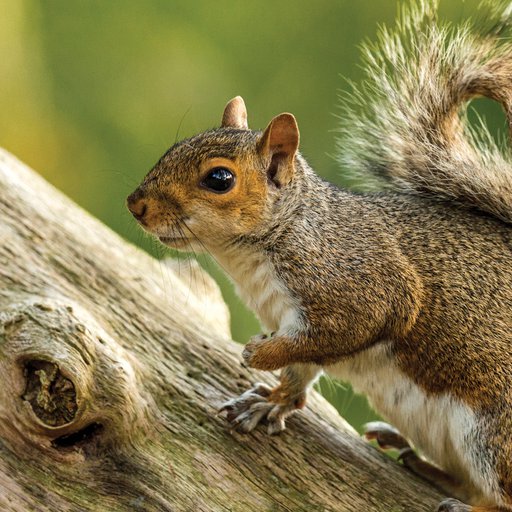Birdsong
Chirps, tweets and caws from our friends in the sky
Transcript
Birds use their songs and calls to attract mates, warn others of predators, establish their territories and coordinate with one another. Humans have learned to use these bird songs—including their rhythm, pitch, repetition and tone—to help identify which birds are where, even though we may not be able to see them!
Take a listen to some bird calls from the Cornell Lab of Ornithology you could hear right here outside the Science Museum:
[Bird sounds play]
Beautiful, right? Well, the symphony of bird songs in our trees is getting quieter.
Scientists estimate that over the last 50 years, North America has lost 29% of its total bird population. That comes out to be about three billion birds lost. Yes, billion with a B.
Diminishing natural bird habitats, climate change, outdoor domestic cats and other human activities are killing birds faster than hatched nestlings can replace them.
Luckily, you can help! Community science projects like the Great Backyard Bird Count let you watch and listen for birds in your backyard (or anywhere else), and submit birds you identify. Bird counts like these help researchers track bird populations across time and space and help inform future conservation efforts!


